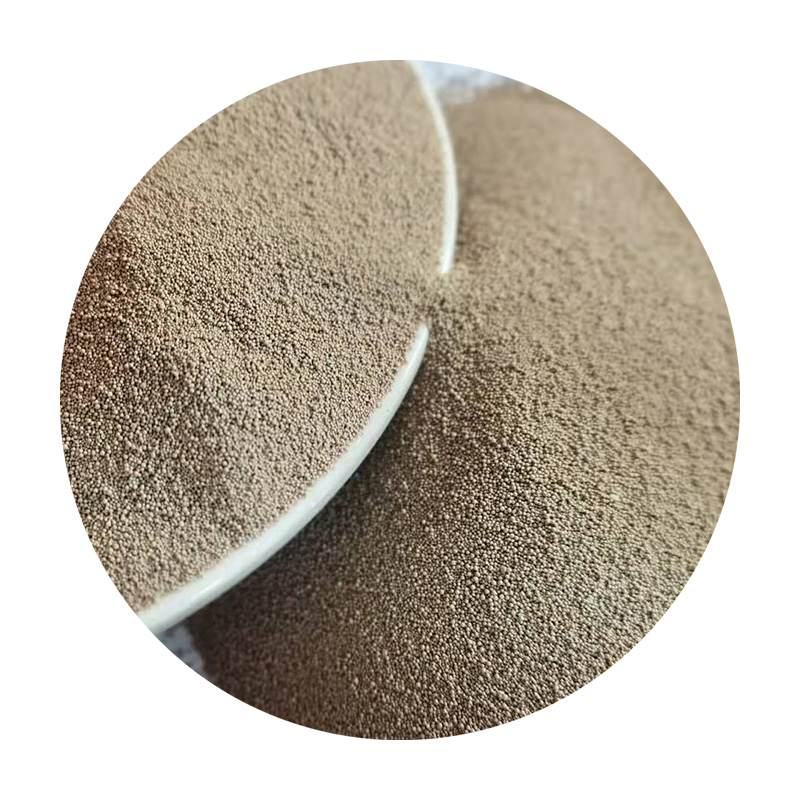3D Printed Sand Casting Patterns Revolutionizing the Manufacturing Process
In recent years, the landscape of manufacturing has undergone significant transformation with the introduction of additive manufacturing technologies. One of the most exciting innovations is the use of 3D printed sand casting patterns. This technique is revolutionizing traditional casting processes by enhancing precision, reducing production times, and minimizing waste, making it an appealing choice for industries ranging from automotive to aerospace.
Understanding Sand Casting and Its Challenges
Sand casting is one of the oldest and most widely used manufacturing processes. It involves creating a mold from sand to shape molten metal into the desired object. Traditionally, this process required the carving of patterns from wood or metal, which were then used to form the sand molds. While effective, this method presents several challenges
1. Time-Consuming The production of patterns can take a considerable amount of time, especially when intricate designs are involved. 2. High Costs Creating patterns from wood or metal is often expensive. This cost is exacerbated when the designs need to be modified or updated. 3. Inflexibility Once a pattern is made, changes can be difficult and costly to implement, leading to longer lead times and reduced responsiveness to market demands.
The Emergence of 3D Printing in Sand Casting
3D printing technology offers a compelling solution to the challenges associated with traditional sand casting. Using digital design files, manufacturers can create highly detailed and complex patterns with a 3D printer that utilizes sand as the primary material. This innovative approach provides several advantages
1. Speed 3D printing drastically reduces the time required to produce patterns. Instead of weeks, patterns can be fabricated in a matter of days or even hours. 2. Cost-Effective By using digital designs, companies can easily make adjustments, minimizing costs associated with pattern alterations. Additionally, 3D printed patterns reduce material waste, further lowering expenses. 3. Complex Geometries 3D printing enables the creation of complex geometries that would be nearly impossible to achieve with traditional methods. This capability leads to improved designs and enhanced product performance.
3d printed sand casting patterns

The Process of 3D Printing Sand Casting Patterns
The process typically begins with the creation of a 3D model using computer-aided design (CAD) software. Once the design is finalized, a 3D printer uses a binder jetting technique to lay down thin layers of sand, selectively binding them together to form the pattern. This pattern can then be used to create a sand mold by packing sand around it and removing the pattern, resulting in a hollow cavity into which molten metal can be poured.
Environmental Impacts and Sustainability
In addition to the advantages related to efficiency and cost, 3D printed sand casting patterns also have positive implications for sustainability. The reduction in material waste and energy consumption associated with this method supports manufacturers' goals to operate more sustainably. Furthermore, many 3D printing technologies now use recyclable materials, further decreasing their environmental footprint.
Future Prospects
As the technology continues to develop, the integration of 3D printed sand casting patterns in manufacturing processes is expected to grow. Innovations in material science and 3D printing capabilities will likely enhance the strength and functionality of the patterns produced. This evolution will further enhance the manufacturing industry's ability to produce lightweight, strong components at reduced costs.
In conclusion, 3D printed sand casting patterns stand at the forefront of manufacturing innovation. By streamlining production processes, lowering costs, and enhancing design capabilities, this technology is set to redefine how industries approach casting. As manufacturers continue to adopt and adapt to these advancements, we can anticipate a new era of production that emphasizes efficiency, creativity, and sustainability. The future of casting is not just about creating parts; it’s about revolutionizing the entire manufacturing process for improved performance and reduced environmental impact.
Post time:നവം . 11, 2024 23:46
Next:super sand bond
